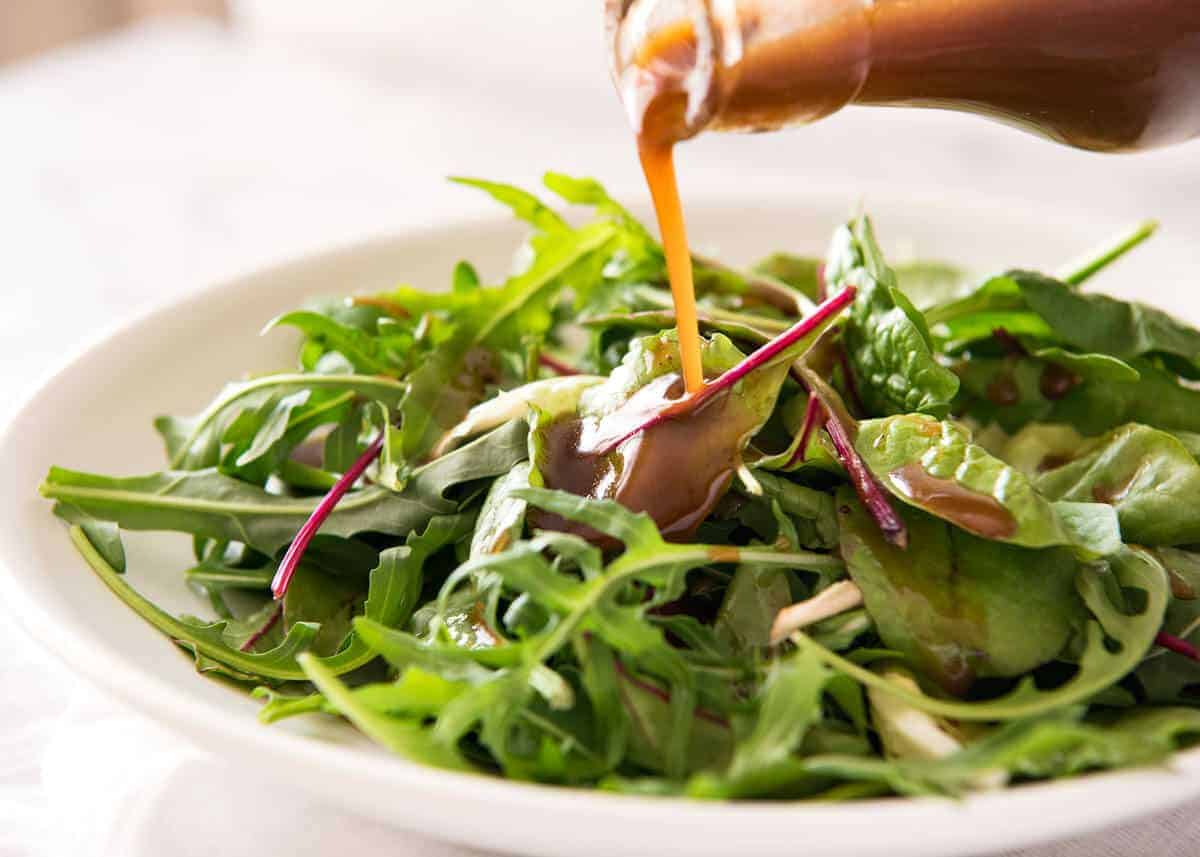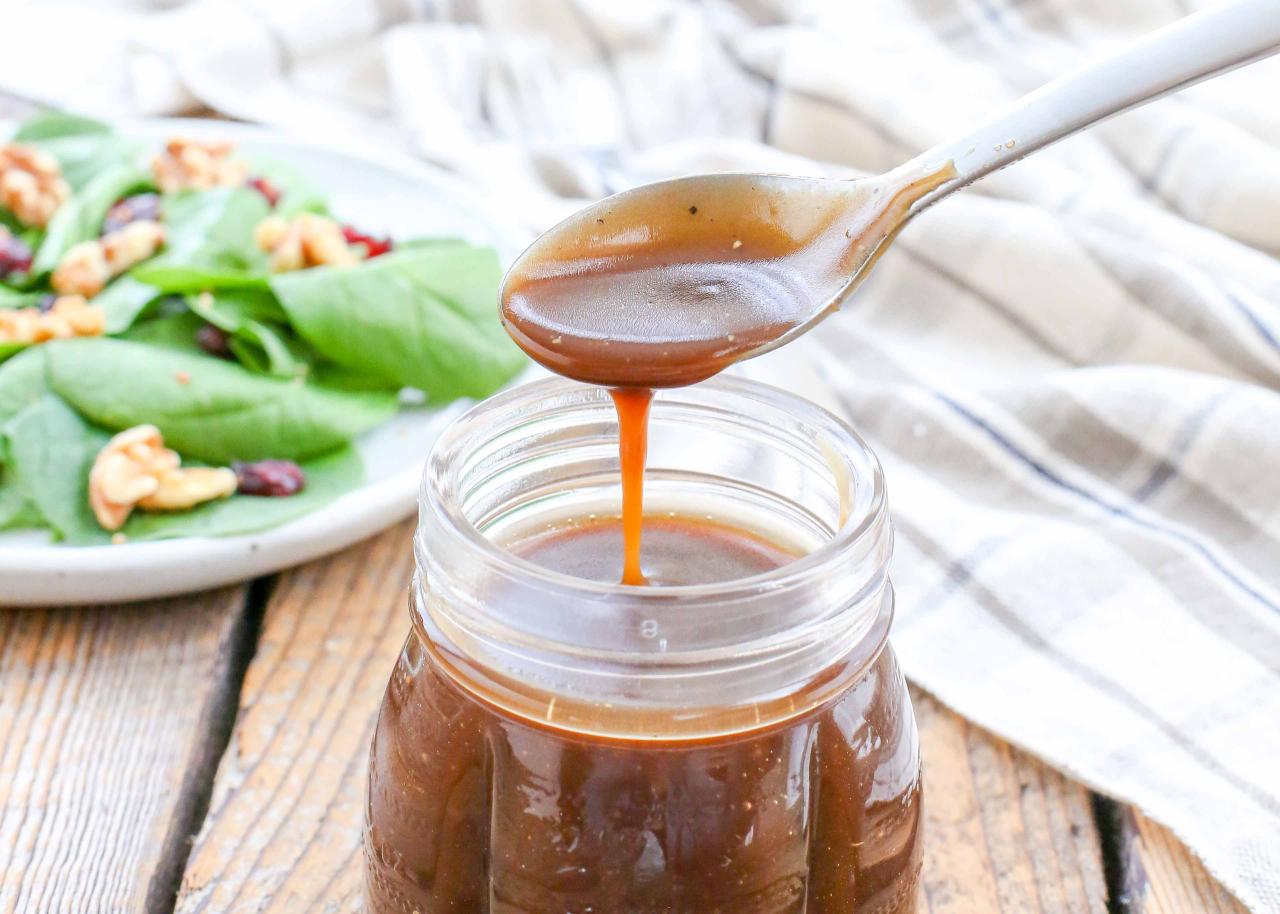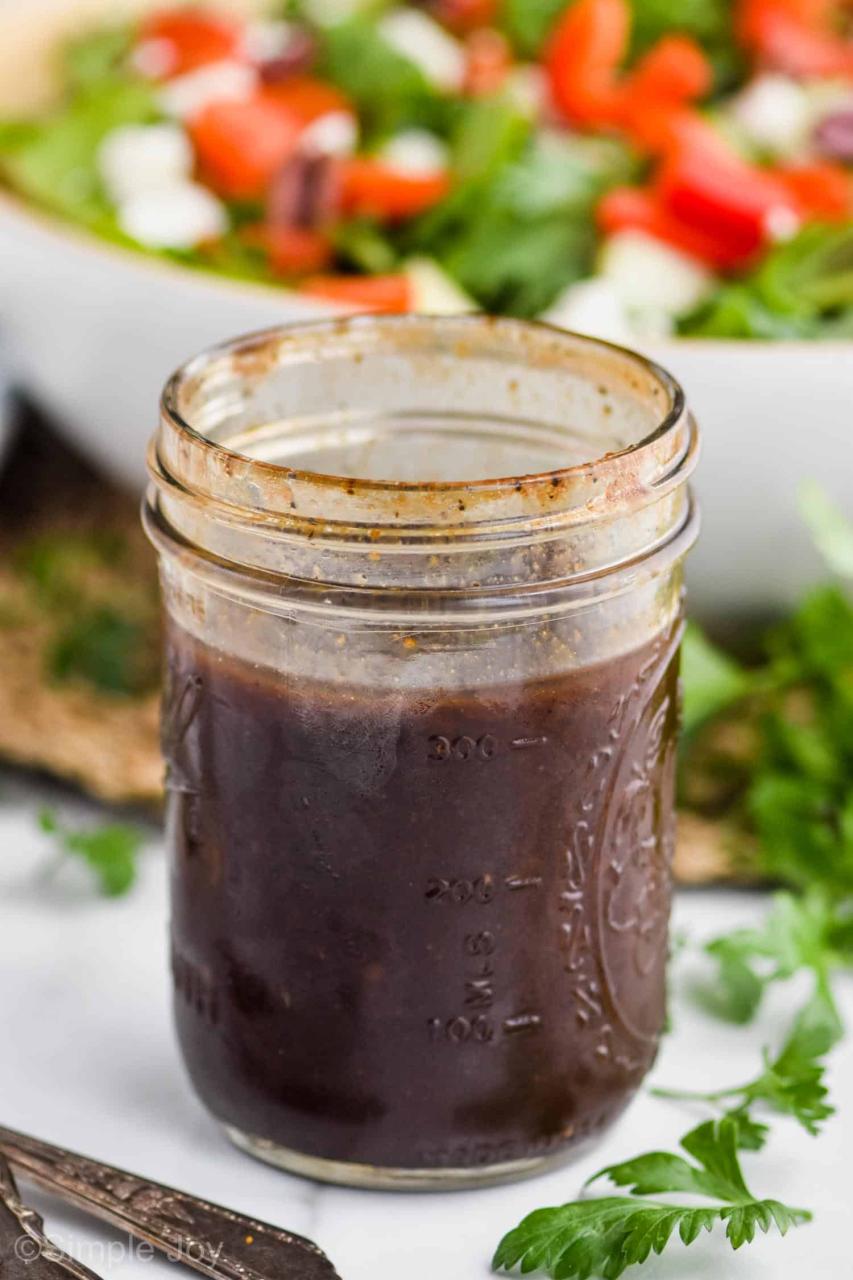Balsamic dressing is a vinaigrette that harnesses the rich, nuanced flavors of balsamic vinegar as its core ingredient. This dressing typically combines balsamic vinegar with oil, often extra virgin olive oil, and can include a variety of seasonings such as garlic, mustard, honey, or herbs to complement and balance the acidity of the vinegar. The result is a versatile and dynamic condiment that can be adjusted to suit different tastes and dishes.
The art of crafting the perfect balsamic dressing lies in achieving a harmonious blend of sweetness and tanginess, which can elevate the taste of salads, marinades, and glazes. The proportions of vinegar to oil, along with the choice of additional flavorings, can be tailored to create a range of dressings from light and refreshing to rich and bold.
Balsamic dressing is not only cherished for its delightful flavor but also for its ease of preparation. It can be whisked together in minutes and offers a quick way to add a touch of gourmet flair to everyday meals. Whether drizzled over fresh greens, used to marinate meats, or served as a dipping sauce, balsamic dressing is a testament to the simplicity and elegance of Italian culinary traditions.
Balsamic Dressing Recipe

Balsamic vinegar is a highly concentrated, dark, and intensely flavored vinegar originating from Italy, specifically from the regions of Modena and Reggio Emilia. It is made from grape must, which is freshly crushed grape juice with all the skins, seeds, and stems. The traditional production involves a long aging process where the vinegar matures in a series of wooden barrels over many years, developing complexity and depth of flavor.

Balsamic Dressing
Equipment
- 1 blender
Ingredients
- ¾ Cup extra virgin olive oil
- ¼ Cup balsamic vinegar
- 1 tablespoon honey preferably organic
- 1 tablespoon mustard seeds
- 1 teaspoon fresh ground pepper
- 1 teaspoon salt
Instructions
- COMBINE balsamic vinegar, honey, salt and pepper in food processor until well blended
- ADD, with the food processor still going, the oil in a slow steady stream.
- ADD the mustard seeds and pulse for one second to mix without crushing the seeds.
- TASTE and adjust seasonings if necessary. If it is too acidic for your taste, you can add a little bit more of honey.
- PACK in an airtight bottle (an empty, clean jam container works as well) and save in the refrigerator. It will be fresh for several weeks!
- Tips to make Balsamic Vinegar
- You can also add garlic, herbs and spices to this dressing. If you are adding rosemary, make sure you pull the leaves before adding to the dressing.
- Shake the dressing before serving. . The ingredients tend to separate while in the refrigerator. Make sure you shake it to mix the ingredients.
Video
Cooking tips

- Balancing Flavors: Balsamic vinegar has a unique sweet and sour profile that can enhance the taste of a wide range of foods. When using it in dressings or marinades, balance its acidity by combining it with a fat, like olive oil, and consider adding a sweet component, such as honey, if you’re using a particularly sharp vinegar. This creates a harmonious blend of flavors that can elevate salads or marinated dishes.
- Reduction for Intense Flavor: To create a balsamic reduction, gently simmer the vinegar until it thickens and becomes syrupy. This concentrates the flavors and adds a rich, glossy finish that is perfect for drizzling over dishes like roasted vegetables, grilled meats, or even desserts like panna cotta. The reduction intensifies the natural sweetness of the vinegar, making it an excellent glaze.
- Finishing Touch: High-quality traditional balsamic vinegar should be used sparingly and added towards the end of the cooking process or just before serving. This preserves its complex flavors and aroma, which can be diminished by prolonged exposure to heat. A few drops can be enough to add depth to soups, stews, or risottos.
- Complementary Pairings: Balsamic vinegar pairs exceptionally well with certain ingredients that complement its flavor profile. Try pairing it with fresh fruits like berries, peaches, or pears, or with robust cheeses such as Parmigiano-Reggiano, goat cheese, or gorgonzola. Its acidity cuts through the richness of the cheese, creating a balanced and flavorful experience.
- Experiment with Infusions: For a creative twist, infuse balsamic vinegar with additional flavors such as herbs (rosemary, thyme), spices (peppercorns, star anise), or fruits (figs, cherries). Infused vinegars can be used to add a distinctive note to dishes, and they work particularly well in vinaigrettes or as a base for sauces. Just remember to strain out the solids after the infusion period to achieve a clear, flavorful vinegar.
Serving suggestions

